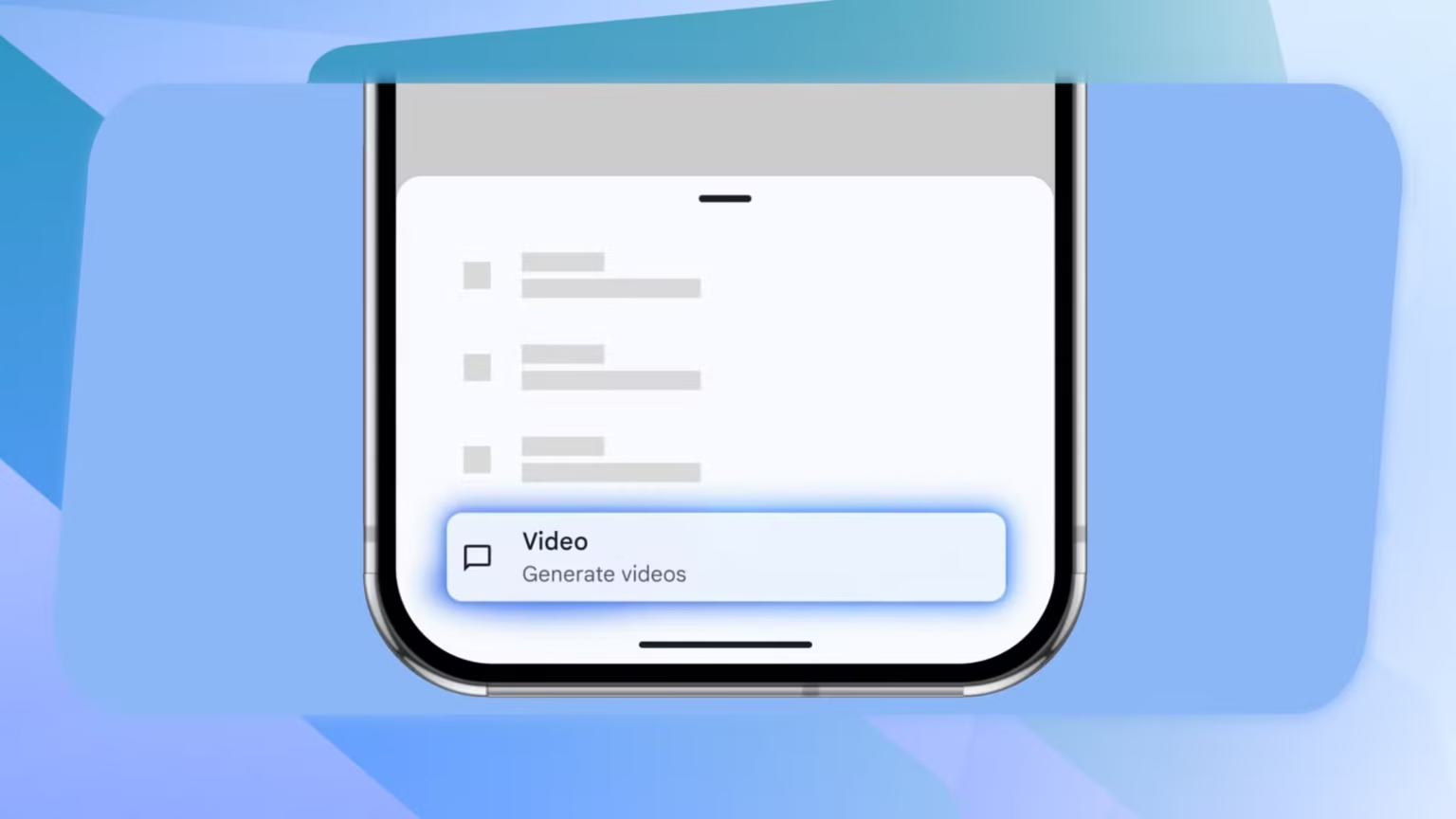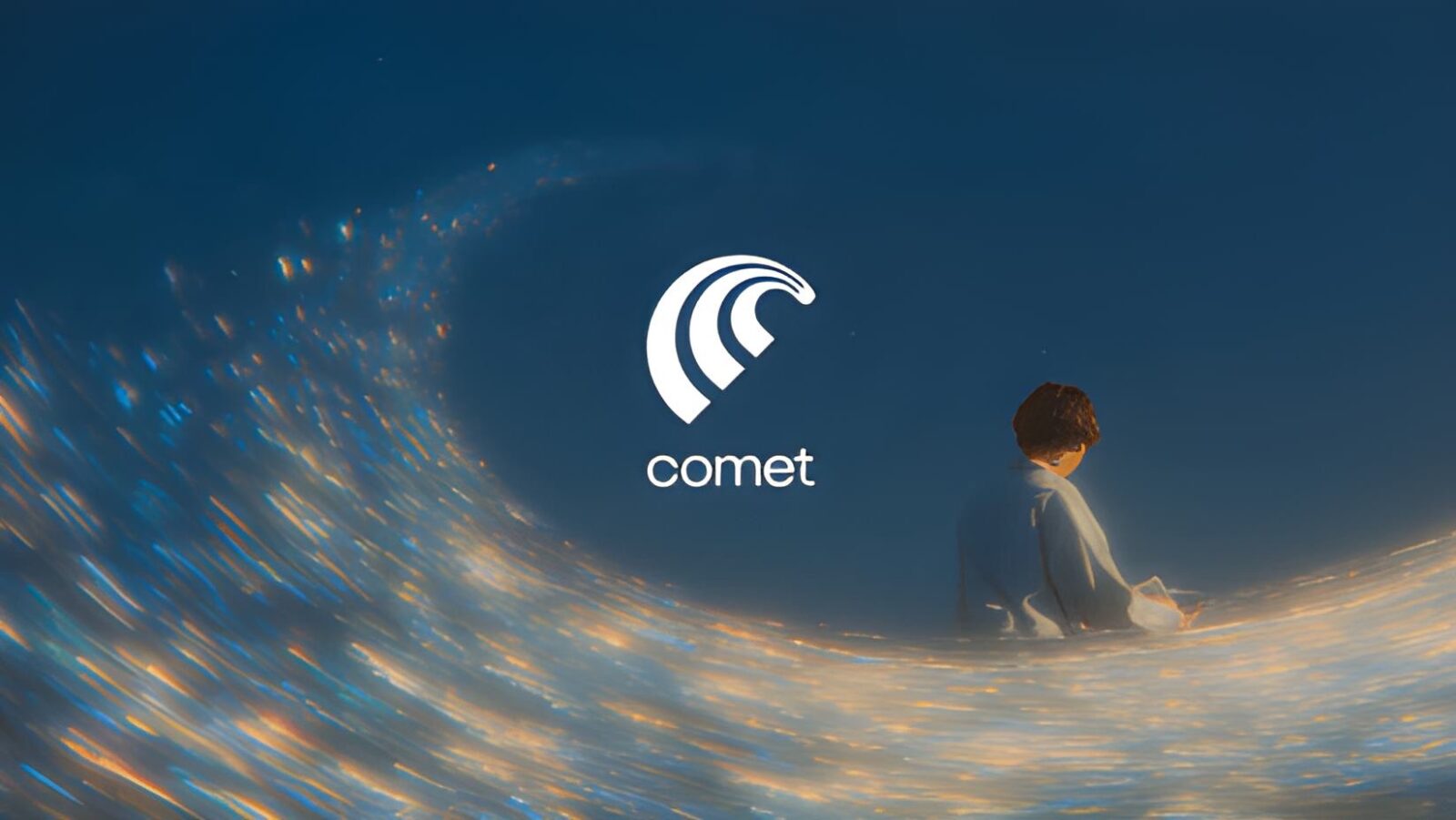Google is expanding its AI video generation tool, Veo 3, to include image-to-video capabilities, giving Gemini users another way to bring static photos to life. The update builds on Veo 3’s reputation as one of the most advanced AI video generators available, now capable of transforming a simple image into an animated clip with sound and realistic motion.
Previously reserved for those paying $250 a month under the AI Ultra plan, Veo 3 became available to AI Pro subscribers in May. Since then, Google reports over 40 million videos have been generated using Veo 3’s suite of tools in the Gemini app and Flow, its AI filmmaking platform. The addition of photo-to-video generation is expected to drive further adoption, especially among creative professionals and content creators looking to produce quick animations without extensive editing skills.

The new feature sits within the Video tab in Gemini’s interface, allowing users to upload an image and describe the type of animation they want. Users can include audio instructions if relevant, resulting in an eight-second, 720p landscape video output. Examples shared by Google suggest potential uses include animating hand-drawn illustrations, adding movement to static landscape images, or creating short social media clips with realistic motion effects and audio overlays.
However, there are limitations. AI Pro plan subscribers will likely be capped at three image-to-video generations per day, while AI Ultra users will have higher daily limits. Google has not yet confirmed these limits officially but has historically imposed similar restrictions to manage server loads and encourage upgrades to premium plans.
While Veo 3’s capabilities have been widely praised, concerns remain about its potential misuse. Recent investigations flagged the tool being used to create misleading or offensive content, particularly on social media platforms. In response, Google claims it is implementing behind-the-scenes safeguards to prevent the generation of violent, sexually explicit, or harmful outputs. The company is also incorporating both visible and invisible watermarks on generated videos to help identify AI-made content and reduce the spread of misinformation.
This latest rollout is part of Google’s broader push to integrate generative AI tools directly into its consumer-facing platforms. Veo 3’s image-to-video feature is now available on the web version of Gemini, with availability on mobile devices scheduled to expand gradually over the coming week.
As AI continues to reshape creative workflows, tools like Veo 3 represent a shift from manual editing to rapid ideation and production. However, Google will need to ensure these powerful capabilities remain responsibly managed as adoption scales.





